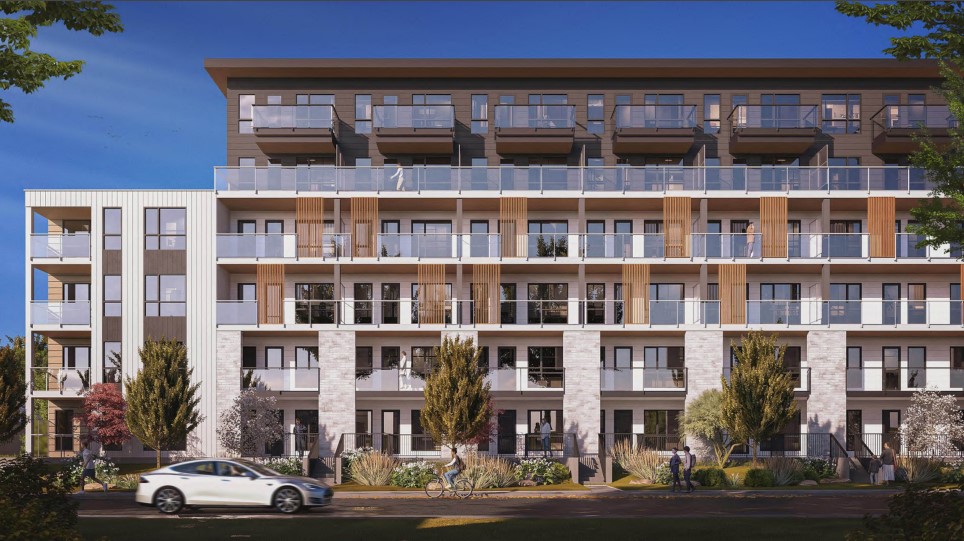Golfing guy
Active Member
Wonder if they could put a membrane over the pit one the hole has been dug for the underground parking? This would stop the creosote from seeping up , but would it stop water from above seeping back into the ground?

I think the creosote is a heavy oil, so it sinks in water, this is why its at bedrock. Again, this is based on the few things I've read about it, don't have intimate knowledge.If the contamination has gone all the way accross the river, won't it eventually seep into the foundation eventually, no matter how shallow it is?
Creosote, a mixture of 200 chemicals, is formed when tars, wood, and fossil fuel are burned. It’s typically used in preservatives and antiseptics.creosote is a heavy oil

The problem is there’s been no study since 2022, and nothing as part of the development."They’re going to dig down into the creosote laden earth to build a very large development that we also feel doesn’t fit the neighbourhood" Kind of sums up the issue. They don't like the development and are using this as an argument. If an environmental assessment has deemed it safe to proceed, then it should be fine.
I definitely welcome any discussion of creosote as this needs to be figured out one day...
That's a big part of the neighbourhood concern, it is dangerous enough that they are digging into it then sub slab depressurizing so creosote vapors do not enter the building therefor making it safe for residents. The neighbourhood's concern is that they are venting it upwind of a playground. This is all reminiscent of Lynnview in SE calgary.Can you mitigate creosote like radon? Pipes and venting to the outside air in a safe location?
Just a question to you since you seem to be one who lives in that area. Was there the same outburst and objection to all the infills that were built just west of this site in the last decade(s)? They seem to have basements and probably went down a similar distance for the foundations. Were there special requirements for those developments?That's a big part of the neighbourhood concern, it is dangerous enough that they are digging into it then sub slab depressurizing so creosote vapors do not enter the building therefor making it safe for residents. The neighbourhood's concern is that they are venting it upwind of a playground. This is all reminiscent of Lynnview in SE calgary.
The parkade will be 3m deep but excavation will be down to 5m. Anthem has not published their risk mitigation plan or shared much information of how it will be monitored other than "trust us".